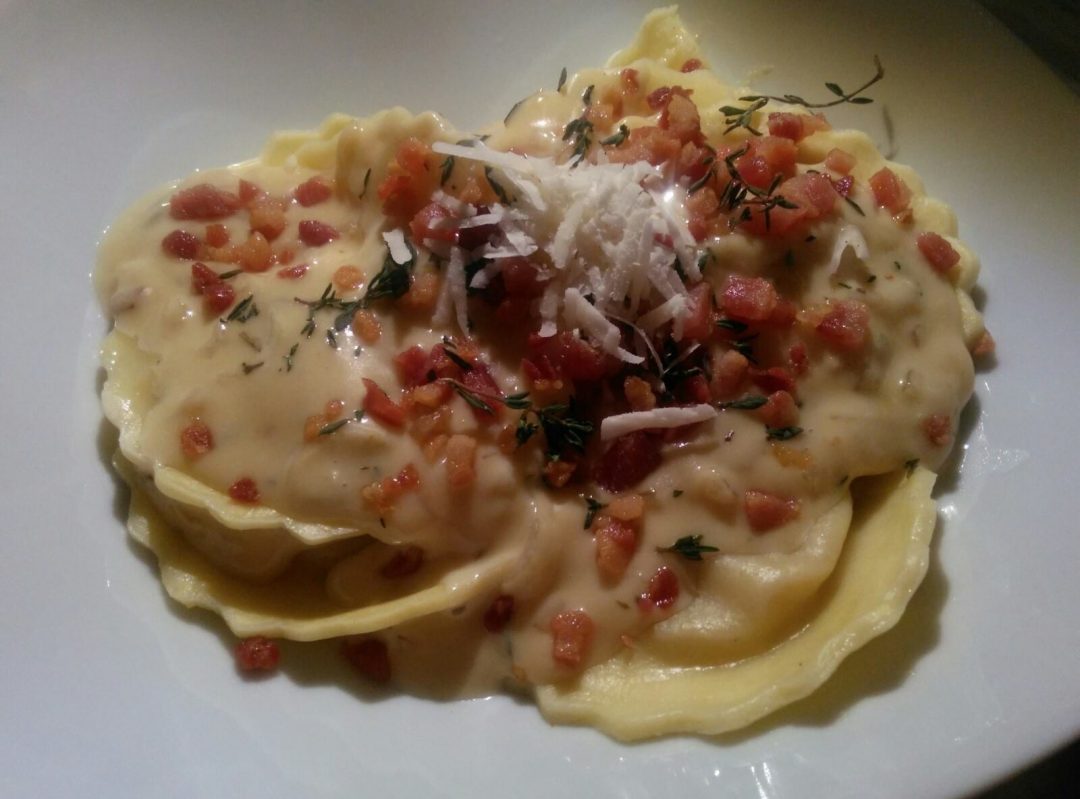We went camping this weekend- kind of a last minute trip. Much like summer means fresh meaty tomatoes- camping means campfire which means S’mores.
Chris and I picked up a box of graham crackers, packages of marshmallows and Hershey’s chocolate bars. We also found some higher quality chocolate but I couldn’t bring myself to not use the ubiquitous Hershey bar!
It ended up raining so we didn’t really get to make traditional S’mores with toasted marshmallows but we made do. Lying in the tent, munching on our little sandwiches of yum, I looked at the bag of marshmallows. The ingredient list in particular.
Now, I know that marshmallows are hardly the highest form of quality good food. I know they are mostly made of sugars and gelatin. But, I was surprised to see artificial coloring- Food dye Blue No. 1.
Marshmallows are white! Why do they need artificial color- to make them more white?!?
There is a growing movement in this country to ban many of today’s commercial food dyes. Most are purely synthetic and made from some scary stuff. Blue No. 1 is made of coal tar. Coal tar is about what you’d expect: a very thick by-product of turning coal to coal gas or coke. According to wikipedia, it smells like napthalene. Napthalene- the primary ingredient in mothballs. (Coal tar is also used in certain anti-dandruff shampoos and in the making of aceteminophen (Tylenol)).
Of the artificial food colorings currently in use in the United States, Blue #1 has a better reputation than some of the Yellow and Reds. Blue #1 is not linked to behavoioral problems in children however it has caused cancer in lab rats- no doubt in extremely large amounts. There is a large group of parents who believe that excessive consumption of artificial food colorants and certain preservatives causes hyperactivity in children. And there are some studies, mostly from England, that seem to support such a finding. Time Magazine recently published an article about one such consumer advocacy group’s efforts to ban food coloring in the US.
While searching for more information about synthetic food colorings, I found an interesting piece from the FDA. Its essentially propaganda for the wonders of fake-colored food. I quote here:
The color of food is an integral part of our culture and enjoyment of life. Who would deny the mouth-watering appeal of a deep-pink strawberry ice on a hot summer day or a golden Thanksgiving turkey garnished with fresh green parsley?
Even early civilizations such as the Romans recognized that people “eat with their eyes” as well as their palates. Saffron and other spices were often used to provide a rich yellow color to various foods. Butter has been colored yellow as far back as the 1300’s.
…
Why Are Color Additives Used In Foods?
Color is an important property of foods that adds to our enjoyment of eating. Nature teaches is early to expect certain colors in certain foods, and our future acceptance of foods is highly dependent on meeting these expectations.
The primary reasons of adding colors to foods include:
- To offset color loss due to exposure to light, air, extremes of temperature, moisture and storage conditions.
- To correct natural variations in color. Off-colored foods are often incorrectly associated with inferior quality. For example, some tree-ripened oranges are often sprayed with Citrus Red No.2 to correct the natural orangy-brown or mottled green color of their peels (Masking inferior quality, however, is an unacceptable use of colors.)
- To enhance colors that occur naturally but at levels weaker than those usually associated with a given food.
- To provide a colorful identity to foods that would otherwise be virtually colorless. Red colors provide a pleasant identity to strawberry ice while lime sherbet is known by its bright green color.
- To provide a colorful appearance to certain “fun foods.” Many candies and holiday treats are colored to create a festive appearance.
- To protect flavors and vitamins that may be affected by sunlight during storage.
- To provide an appealing variety of wholesome and nutritious foods that meet consumers’ demands.
Now, they seem to be saying that consumers are more likely to buy something that is brightly colored. Sigh.
Yeah, I can see that.
But where did it start? Which came first- the desire for more color or the marketing campaigns that forcefully you an orange should be crayon-orange and anything less is inferior product? I had no idea that oranges were sometimes sprayed to look more orange-like. But I know I’ve looked at oranges in the store and turned up my nose at the ones with more muted yellow-orange skin.
Bottom line is, I’m not going to stop eating marshmallows. I rarely eat them now. I’m not going to eliminate all artificial food coloring from everything I eat. Its not practical at this point and I’ve got bigger fish to fry- namely avoiding High Fructose Corn Syrup and tomatoes, from either Florida or Mexico. Can’t help but notice, however, that if I avoid eating a lot of processed foods with HFCS, I’m reducing my intake of food coloring by default.
